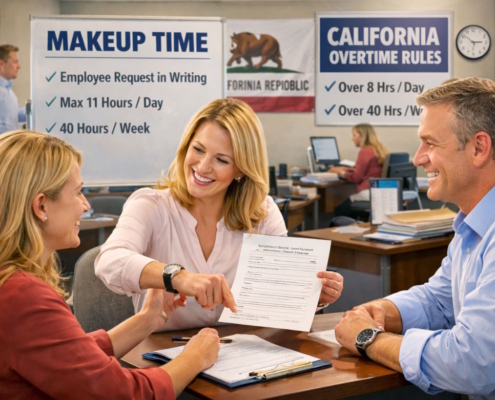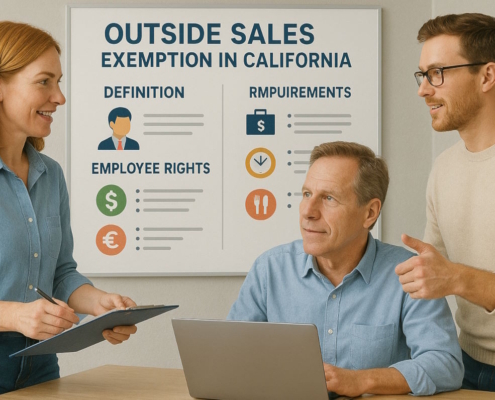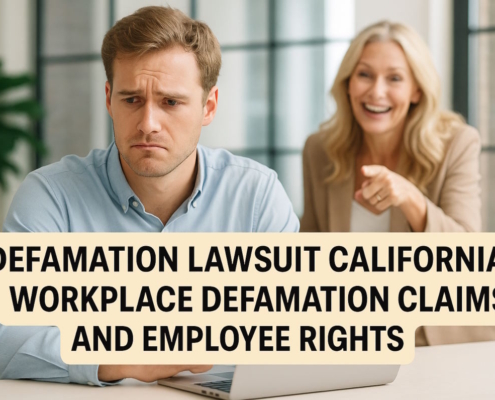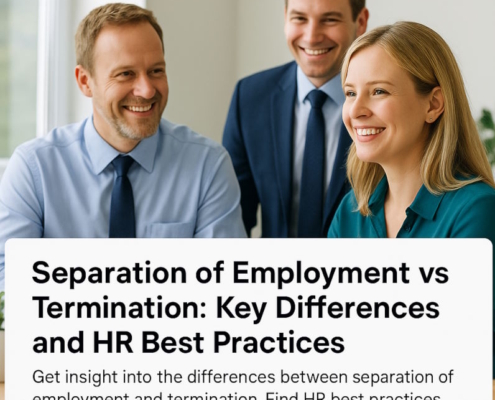Introduction
If more than one person was harmed by a single defendant, they can all file a class action lawsuit in California. Those who are affected may participate as class members, and named plaintiffs file lawsuits on behalf of the whole class.
Class actions are frequently filed against businesses that sell faulty goods, endanger the environment, or violate workers’ rights to fair wages and working hours.
In situations where every class member is requesting a comparatively small sum of money (such as following a utility bill overcharge or scam), class actions are advantageous. A class action lawsuit in California would be more cost-effective than a lawsuit filed on an individual basis.
1. How can I file a class action lawsuit?
In California, bringing a case to the proper court and requesting “class action certification” is the first stage. The following five requirements must be met for the case to be certified:
- Numerosity: Because of the magnitude of the class, a typical lawsuit would not be feasible.
- Commonality: All members of the class must have significant legal & factual concerns in common.
- Typicality: The principal class representatives’ assertions must be normal and consistent with the class.
- Adequacy: The representatives of the class must fairly and sufficiently defend the interests of the class; they cannot have competing interests or motives with those of other members.
- Superiority: In comparison to other approaches, a class action lawsuit in California shall be more effective at resolving the dispute and would offer significant advantages to both the plaintiffs and the courts.
The court doesn’t take the case’s merits into account while deciding whether to certify a proposed class action lawsuit in California. It only takes into account whether it satisfies the certification conditions.
2. What takes place following certification?
All prospective class members will receive a legal notification of the claim via mail from the court if the class is certified. The notice will outline each member’s rights as well as the nature of the class action lawsuit in California.
The court will inform members on how to file a claim for relief if the matter is ultimately decided in their favor (either through trial or settlement). The defendant will typically be required to reimburse your costs and expenses in such a lawsuit, which include:
- Court costs,
- Attorney fees
3. Can members “opt-out” of the class?
In California, you typically have the option to “opt-out” of proposed settlements or class lawsuits. The court’s legal notice will include an explanation of the opt-out process.
You still have the option to bring a case on your own by choosing to opt-out. You will be obligated by any agreement or decision if you take no action.
4. Is the compensation the same for every class member?
It varies. Following the final settlement of a class action lawsuit in California, the funds ought to be distributed among the participants in accordance with their respective damages. Everyone would receive the same sum of money if they all experienced the same harm.
5. What distinguishes a multi-district litigation?
Parties of plaintiffs with comparable injuries join the same case in both class actions & MDLs (multi-district litigations). However, cases with MDLs do not combine into a single class; instead, they stay distinct and independent.
In this manner, MDLs allow for a distinct outcome in every case while coordinating pre-trial procedures across cases for greater efficiency. This contrasts with class actions, in which all parties are linked together and all parties get the same settlements or rulings.
Another distinction is that while members have the choice to opt-out, class actions inherently include everyone who fits the class criteria. Plaintiffs must actively participate in MDLs by filing court documents.































